History of Hanol Innovation
1st Reformation of HANOL-GYO
After the founder HANIM deceased in 1999, the HANOL-GYO foundation suffered from the Korean IMF financial crisis. During the post-founding era, the legal descendent, Sewon Shin (Oxford PPE graduate, as well as a former artist, well-known in his youth as a genius painter) took the responsibility and restructured the HANOL-GYO Foundation.
His spiritual art provided a basis for the reformation of HANOL-GYO.
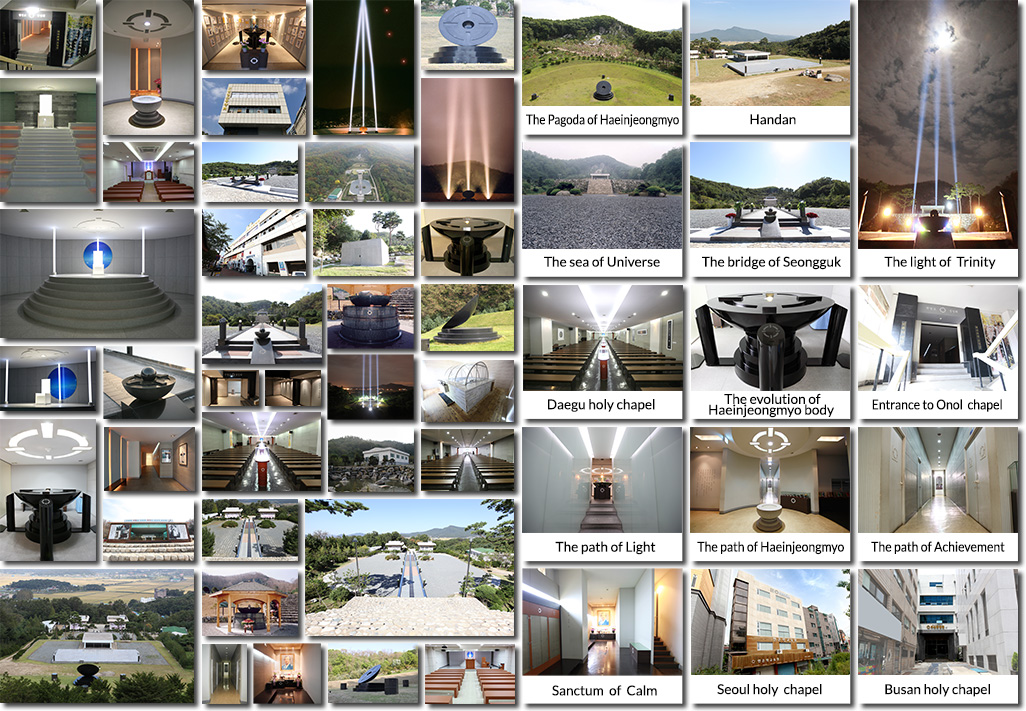
He initiated a transformational approach to the spiritual teachings by integrating art, and expressed the quintessence of the Hanol Principle in the form of art.
He introduced the Art of Enlightenment and Awakening: The reflection of HANOL Principle in the form of "Art & Architecture."
Instead of spending a massive amount of budget on the construction of religious churches and buildings in a time of financial crisis, he used the "Art of Enlightenment" to replace the symbolic function of the regional chapels of HANOL.
Furthermore, HANOL-GYO constitutionalized the religious multiplicity and the revised HANOL constitution permitted that particular traditional ceremonies and the formality of rituals could be substituted by a simple contemplation on the Enlightenment Art or meditation on self-awareness. Sewon introduced the concept of 'Spiritual Audience' instead of the traditional notion of religious followers.
Through the Enlightenment Art, he expressed the essence of the transcendental teachings on enlightenment and awakening: the self-liberation of consciousness.
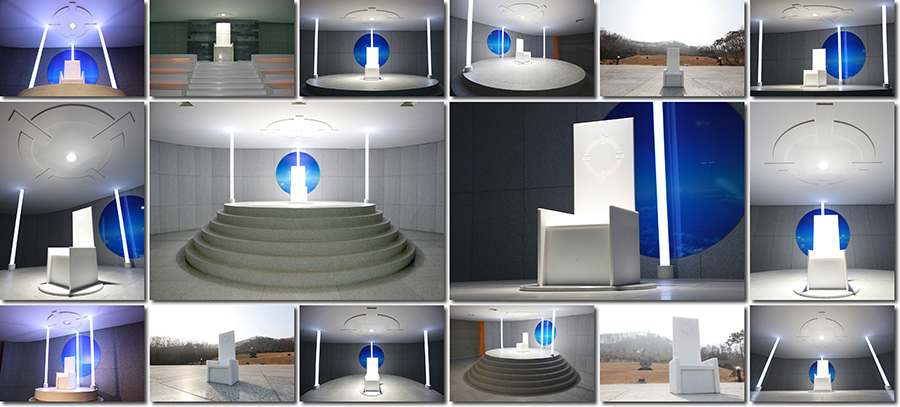
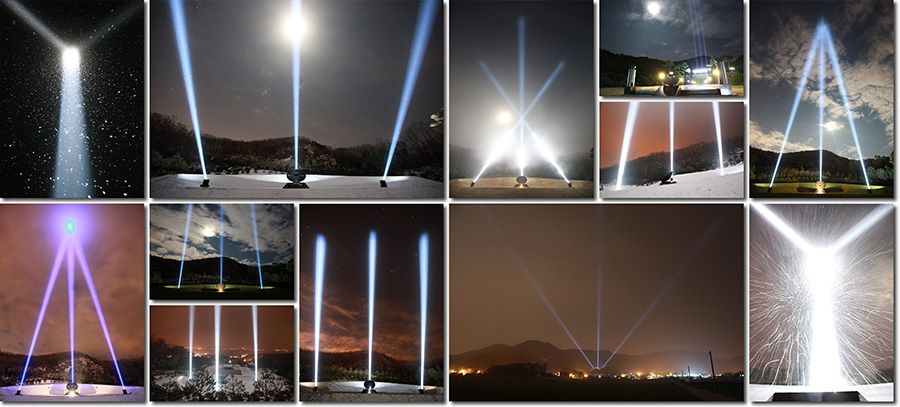
‘Universal Trinity’ and ‘Silent Empty Chair’
"Illuminating the lights of Enlightenment Art could represent the quintessence of the Hanol principles better than a thousand books about its analysis or explanation."
He stated that "the uncontaminated pure lights of Enlightening Art can more accurately speak for the Hanol Spirit" than a thousand words he could use to explain.
After Sewon Shin resigned to returned to his art, the Board of HANOLGYO assumed the collective leadership.
The Hanol Spiritual Committee decided to postpone the official publication and formal acknowledgement of “the founder’s finalized compilation of the Hanol Principle” until the proper time in the era of intellectual singularity is reached. Until then, the revolutionary insights of the undisclosed principles can be experienced only in a glimpse, through the reflection in the metaphors of Sewon's Art.
The main temple of HANOL at Kanghwa Mani Mountain was reconstructed in celebration of the 50th anniversary of HANOL-GYO's re-establishment in 2015: the main temple was reconstructed in resemblance of the sacred altar "Cham-seong-dan" at the top of Mani Mountain, where DANGUN prayed for the peace of mankind that has been preserved for 5000years since the beginning of the nation.
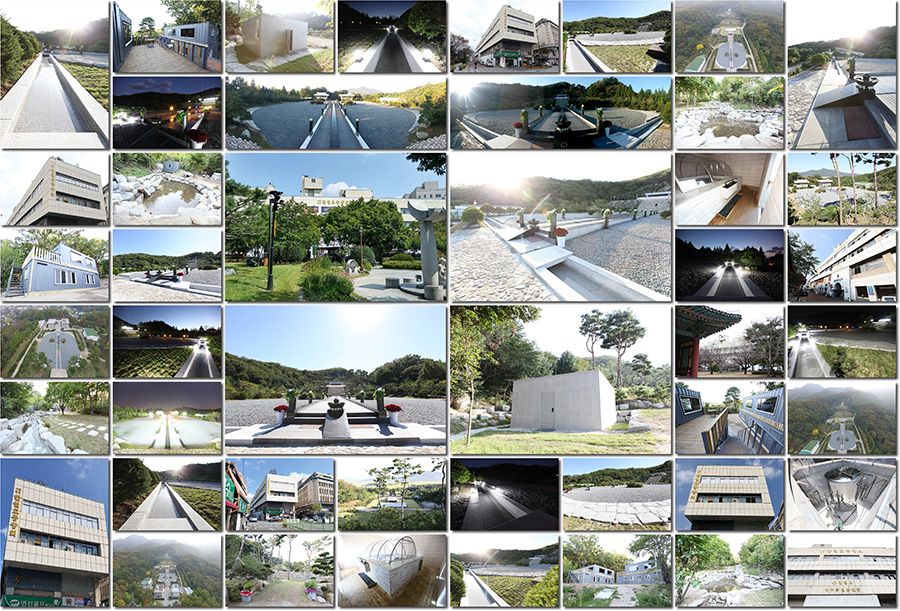
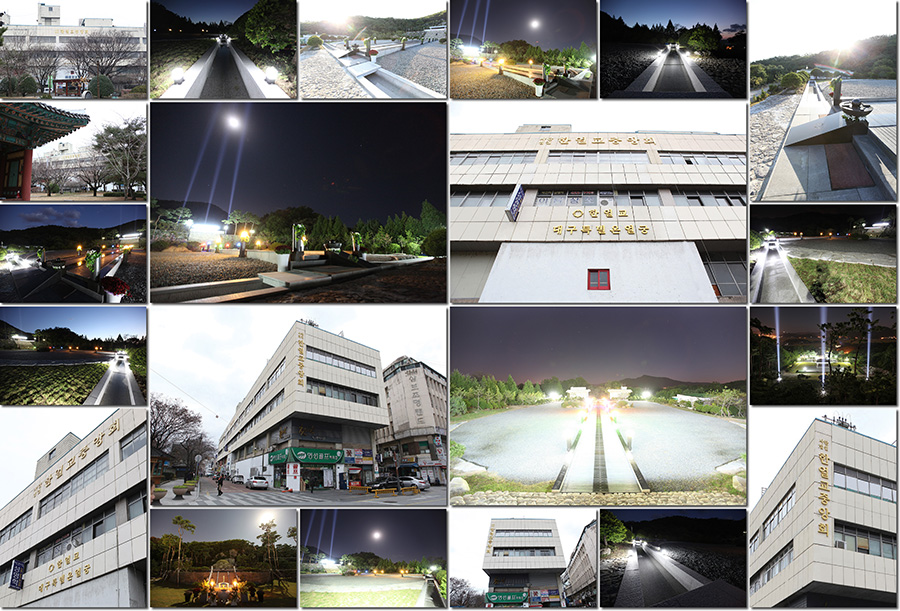
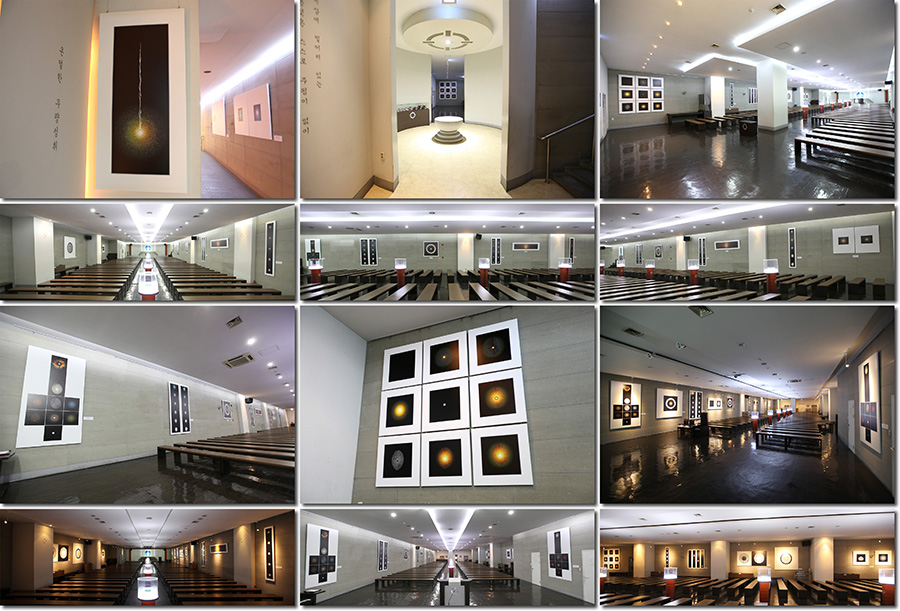
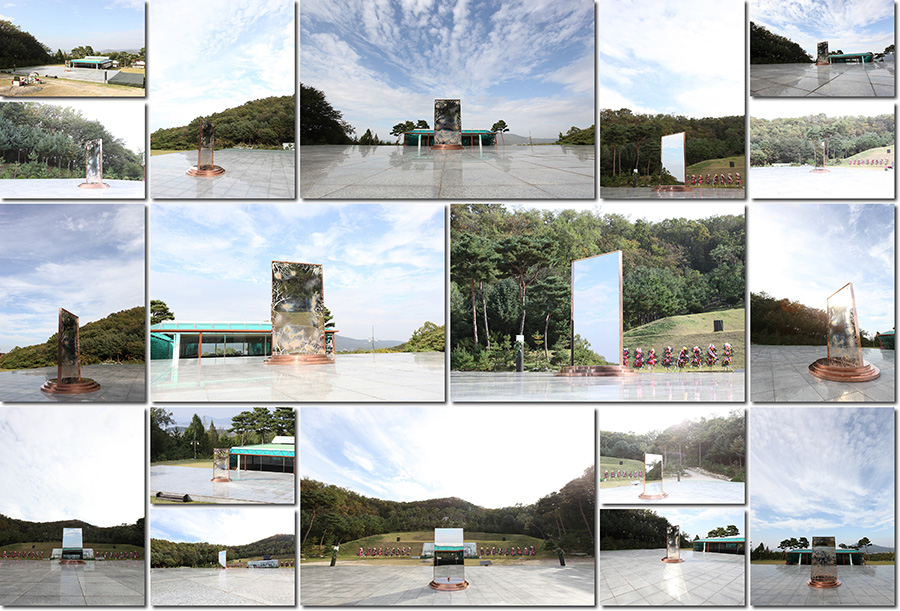
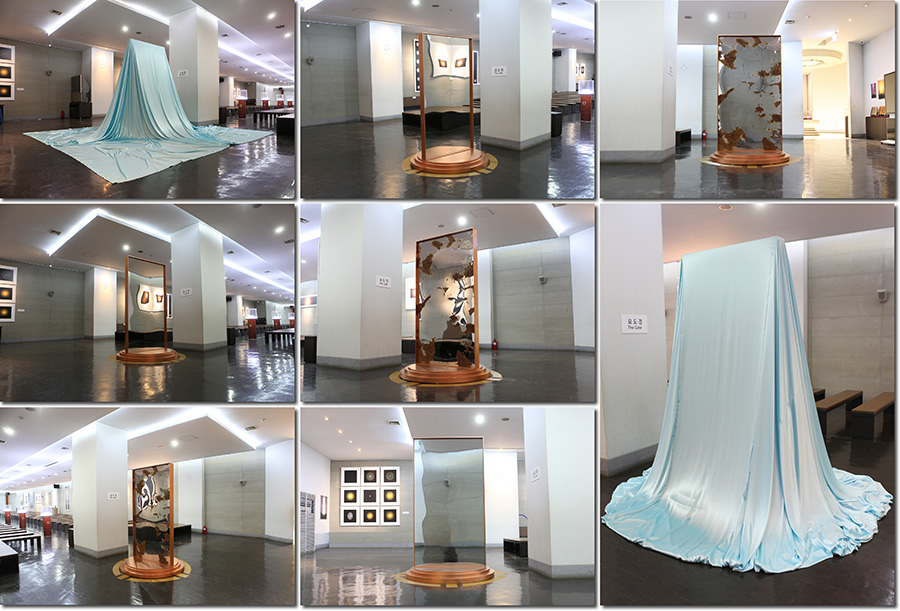
2nd Reformation of HANOL-GYO
After the 50th anniversary, Hanol-gyo faced the major challenge of social turmoil such as the national crisis of the presidential impeachment and the North Korean nuclear missile confrontation.
In order to overcome the hardship of the conventional system and the limits of the old ways of spirituality, the board officially requested that the former leader, Sewon, help reform the organization again.
However, instead of taking a responsibility of the leadership, he proposed a new way of spiritual reformation: Hanol Spiritual & Cultural Movement of Art. It is a new form of spiritual movement and a new way of experiencing religion without religious obligation by integrating Art and Spirituality.
He provided Trans-Art “Optical Awakening” artwork as a learning device for the spiritual audience of the Hanol Spiritual & Cultural Movement of Art.
According to the guidance to Trans-Art, "Optical Awakening" can be regarded as an indirect experience of 'Spiritual Transcendence' and a 'Glimpse of Enlightenment' in the form of art – “the ‘Preview of the Ego dis-identification’ which entails the separation of Mind (Ego) & Consciousness (True Nature).
After the entire foundation fellows officially agreed upon the reformation at the general assembly, Hanol-gyo endorsed the Hanol Spiritual & Cultural Movement of Art, using the Optical Awakening to spread Hanol Philosophy and its spiritual teachings without direct participation of conventional religious activity or religious obligation, showing a new perspective in spiritual evolution.
Trans-Art came to play a key role in the 1st and the 2nd reformations of Hanol-gyo.
Furthermore, Trans-Art served as a driving force of ‘Hanol spiritual and cultural movement of Art’, which can be considered as a revolutionary approach to the religious innovation by integrating art and spirituality in the face of a spiritual singularity.
HANOL-GYO has undergone significant development. Yet the spirit of its founder, the core of its founding principles, and the revolutionary insight of the successor continue to shine through these transformations.







